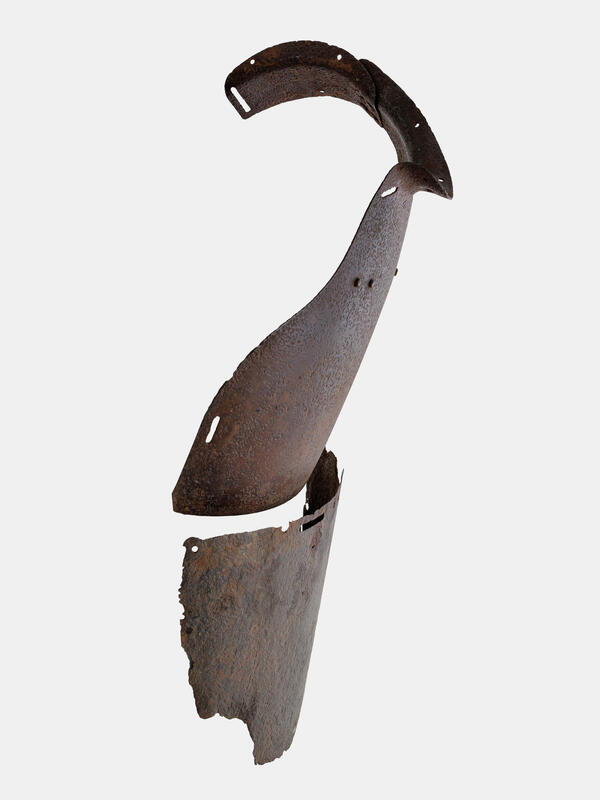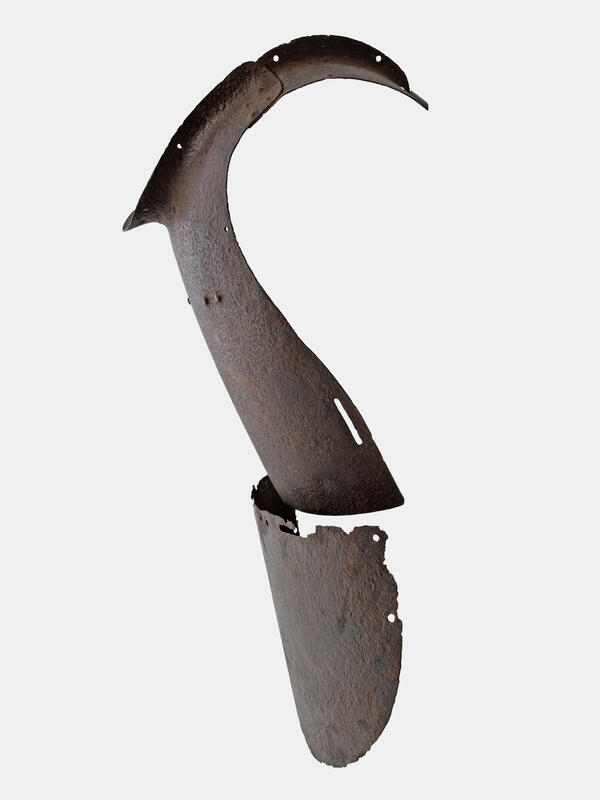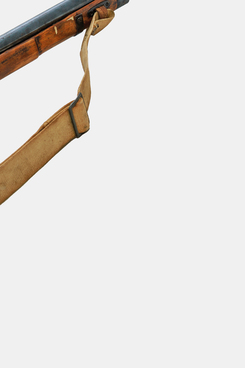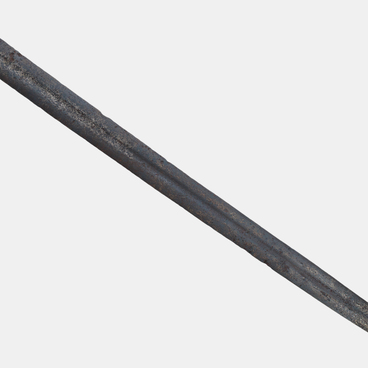The development of body armor to protect Red Army soldiers from bullets and shrapnel began in 1937–1938. It was a challenging task, but by the summer of 1942, several prototypes were produced and tested on the frontlines. They received positive feedback.
The Main Artillery Directorate of the Red Army and the State Defense Committee were faced with the task of determining the best model and adopting it for service.
As a result, the SN-42 model, which eventually became the most famous breastplate of the Red Army, was sent into production.
The SN-42 steel breastplate is a protective device similar to the ancient cuirass — a piece of armor that covers the torso, formed of one or more pieces of metal or other rigid material. The breastplate is made of two-millimeter steel and weighs 3.5 kilograms.
The SN-42 breastplate was used during the Great Patriotic War. There were several other models: SN-38, SN-39, SN-40, and SN-40A. The numbers indicate the year when the breastplate was developed.
The steel breastplate withstood the impact of pistol and rifle bullets, and small fragments. In some cases, even nine-millimeter pistol bullets fired at point-blank range did not damage the fighter.
This breastplate was usually worn by soldiers on top of a padded sleeveless jacket, which served as an additional shock absorber. The breastplate also had a special lining on the inside for this purpose.
Commanders of the units that received the SN-42
breastplates received an instruction memo. It summarized all the previous
experience gained from 1937, and indicated how and by whom the steel
breastplate should be used:




